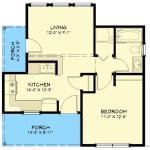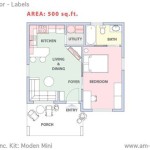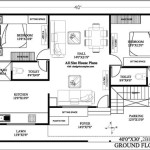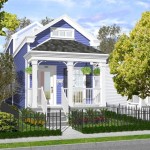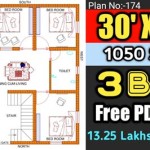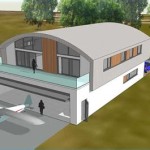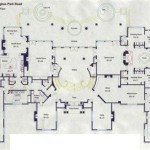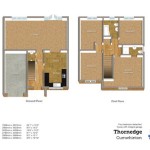Essential Aspects of Prefab Small House Plans
Prefabricated small house plans offer a unique and cost-effective solution for individuals looking to build their dream home. Unlike traditional construction methods, prefab houses are built in a controlled factory environment, allowing for higher precision, reduced waste, and quicker construction times. Here are the essential aspects to consider when choosing prefab small house plans:
1. Design Options
Prefab small house plans come in a variety of styles and sizes, making it possible to find a design that suits individual tastes and needs. From modern minimalist homes to cozy traditional cottages, there are options to fit every lifestyle. Additionally, customizable floor plans allow for adjustments to suit specific requirements, including the addition of extra bedrooms, bathrooms, or storage space.
2. Energy Efficiency
Sustainability and energy efficiency are key considerations for many homeowners today. Prefab small house plans are typically designed to meet or exceed energy efficiency standards, incorporating features such as double-paned windows, energy-efficient appliances, and insulated walls and roofs. This not only reduces energy consumption and utility bills but also contributes to a more comfortable and environmentally friendly living space.
3. Material Quality
The quality of materials used in prefab small house construction is paramount. Reputable manufacturers use high-quality materials, such as premium siding, durable roofing, and strong framing, ensuring that the home will withstand the elements and provide long-lasting performance. Quality materials also contribute to the overall aesthetics and value of the property.
4. Building Process
The building process for prefab small houses is streamlined and efficient. Factory-built components are transported to the construction site and assembled on a prepared foundation. This approach significantly reduces on-site construction time, minimizing disruption and allowing homeowners to move into their new home sooner. Furthermore, the controlled factory environment ensures a high level of precision and quality control.
5. Customization Options
While prefab small house plans offer a range of standard designs, customization options are also available. Homeowners can choose from various finishes, fixtures, and appliances to personalize their space. This level of customization allows for the creation of a truly unique and tailored home that reflects individual preferences and styles.
6. Time Savings
Prefab small house plans offer a significant time advantage over traditional construction methods. As mentioned earlier, the factory-built components and efficient assembly process greatly reduce the time it takes to complete the home. This expedited construction timeline allows homeowners to occupy their new home sooner, saving both time and the stress of a protracted building process.
7. Cost-Effectiveness
Prefab small house plans can be more cost-effective than traditional construction due to several factors. The streamlined factory production process reduces labor costs, while bulk purchasing of materials by manufacturers helps lower material expenses. Additionally, minimizing on-site construction time lowers labor costs and reduces project delays, ultimately saving on overall construction expenses.

Gallery A Small Prefab House In Spain Plans Homes Floor

Small Prefab House B Line Homes Houses

Modular Home Plan Three Bedroom House Floor Prefab Plans Craftsman

Small Prefab Mini House One Cabins

Modular House Plans Modularhomeowners Com

Coolest Prefab Home By The Depot Living Small House Plans U Shaped Courtyard

Modern Prefab Homes Under 50k You Can Buy Right Now Jjchouses

Prefab Tiny House Modular Small Plans Garden Modern Loft Plan Backyard

Modern Prefab Homes Under 50k You Can Buy Right Now Jjchouses

840 Sq Ft Plan By Houseplans Com Prefab Small Homes Modern Tiny House Style Plans Design

